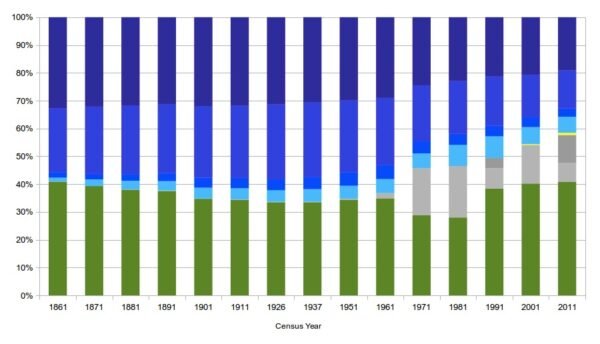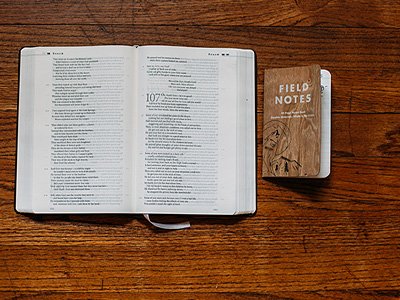By The Numbers: How Many Were There?
Question: What can survey research tell us about church attendance? Social scientists have been tracking self-reported religious service attendance for over seventy years. At present, over 40% of adult Americans claim to attend church (or other religious services) nearly every week. That figure is 25% lower than at its peak in the 1950s, but it…



